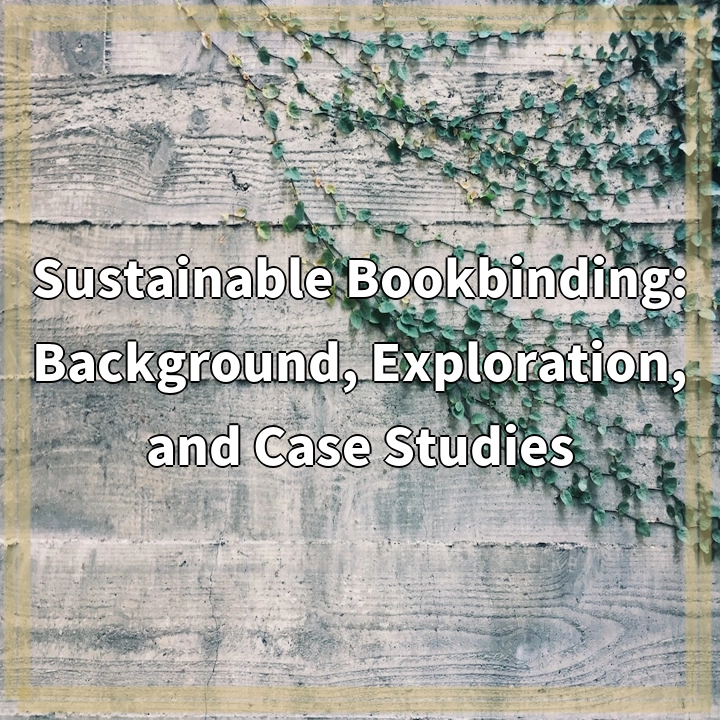
What is Sustainable Bookbinding?
Sustainable bookbinding refers to a set of practices and techniques used in the production of books that minimize negative environmental impacts and promote long-term ecological sustainability. It involves adopting eco-friendly materials, processes, and waste management methods to reduce resource consumption, carbon footprint, and pollution associated with traditional bookbinding methods.
Real-World Problems Associated with Sustainable Bookbinding
1. Material Sourcing: One of the challenges in sustainable bookbinding is sourcing environmentally friendly materials. Traditional bookbinding often uses materials like leather, adhesives, and coatings that may come from unsustainable sources or undergo chemical-intensive manufacturing processes. Finding alternatives that are eco-friendly and still provide desired qualities like durability and aesthetics can be a hurdle.
2. Energy Consumption: Bookbinding requires energy-intensive processes such as cutting, gluing, and binding. Finding ways to minimize energy consumption by utilizing efficient machinery, renewable energy sources, and optimizing production processes can be a real-world challenge.
3. Waste Reduction: The production of books generates significant waste, including paper scraps, cardboard, and excess adhesive. Disposing of this waste in an eco-friendly manner can be a challenge. Developing strategies to reduce waste generation, recycle materials, or find innovative uses for bookbinding byproducts are important considerations.
4. Toxic Chemicals: Traditional bookbinding often involves the use of toxic chemicals such as solvents, dyes, and coatings, which can have adverse effects on the environment and human health. The challenge lies in finding eco-friendly alternatives or implementing safer handling practices to minimize the environmental impact.
5. Consumer Awareness: Encouraging consumers to choose sustainable bookbinding options can be a challenge. Educating the public about the benefits of sustainable bookbinding, including its positive environmental impact, can help create demand for eco-friendly bookbinding practices.
Addressing these real-world problems requires a collaborative effort between bookbinders, suppliers, consumers, and policymakers to prioritize sustainability and make sustainable bookbinding practices more accessible and economically viable.

Solutions for Sustainable Bookbinding
1. Material Selection: Choose eco-friendly alternatives to traditional bookbinding materials, such as recycled or FSC-certified papers, vegetable-tanned leathers, and non-toxic adhesives. Collaborate with suppliers who prioritize sustainability and support responsible sourcing.
2. Energy Efficiency: Implement energy-efficient practices by using energy-saving machinery and equipment, optimizing production processes, and exploring renewable energy options like solar or wind power.
3. Waste Management: Reduce waste generation by accurately estimating materials needed, repurposing offcuts for smaller projects, and implementing recycling programs for paper and cardboard waste. Consider working with local recycling centers or partnering with organizations that specialize in repurposing bookbinding byproducts.
4. Non-Toxic Alternatives: Transition to non-toxic materials such as water-based inks, low-VOC coatings, and eco-friendly dyes. Ensure proper handling and disposal of any potential hazardous substances to minimize environmental impact.
5. Consumer Education: Raise awareness among consumers about the benefits of sustainable bookbinding, emphasizing the environmental advantages and quality of eco-friendly options. Utilize platforms like social media, blogs, and workshops to showcase sustainable bookbinding practices and their positive impact.
By adopting these solutions, bookbinders can contribute to the promotion of sustainable practices and play a vital role in conserving natural resources, reducing carbon emissions, and creating a greener and more environmentally friendly bookbinding industry.















